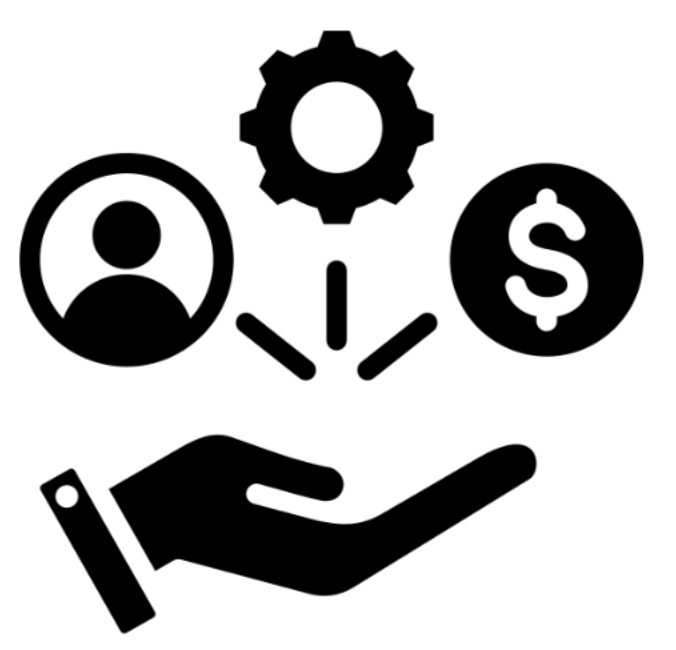Introduction to Business Management
1.1 What is a business?
The purpose of a business: Produce goods or services that meet customer needs while adding value.
Definitions of command words
- Goods: physical product
- Services: intangible products (cannot be stored, touched, etc.)
- Profit: money gained excluding costs; revenue – cost
- Revenue: Total money gained (price of product x quantity sold)
- Expenses (cost): money required to do an activity
- Inventory/stock: storage place for products waiting to be sold
- Strategy: method chosen due to benefit it provides
- Customer vs Consumer: Customers are individuals or organizations that buy a product, while consumers actually use the product.
Business
An organization which transforms inputs into outputs and waste and increases the inputs' value; this makes consumers want to purchase it, as it is worth more than the resources used to produce it.
Resources inputs
- Financial: capital which funds the process of production
- Human: work force which carries out production
- Physical: materials, equipment, premises to use in production

The main business functions
- Human resources: organizing, managing, and developing workers/employees effectively handling all staff
- Marketing: Identifying customers' needs and wants to attract and retain customers
- Finance: Managing financial resources and ensuring financial stability so businesses can operate
- Operations: Management of core activities and production process of goods and providing services from available resources to meet customer needs and wants

The different business sectors
- Primary: extraction of raw materials e.g. mining
- Secondary: processing of raw materials and manufacturing of goods
- Tertiary: service sector dedicated to providing services for customers and other businesses (selling)
- Quaternary: provision of knowledge-focused services e.g. research and education
As countries develop, business sectors tend to change accordingly: Primary -> Secondary -> Tertiary -> Quaternary (LEDC -> MEDC)
Entrepreneurship
An entrepreneur is a person who is willing to and able to create a new business idea or invention and take risks in pursuing success.
- Organize resources necessary to start and operate a business
- Make business decisions that determine the success of a business
- Take risks
Exam Tip
A common question in exams is "Describe the features of a entrepreneur.". When answering, make sure to define it and outline its characteristics in order to get full marks.
Intrapreneurship
The act of promoting entrepreneurial thinking and behavior within an already existing business -> requires encouragement to grow within a business e.g. bonus checks
It helps drive innovation and growth.
Business tools
SWOT
Is a framework used to evaluate a company's competitive position and to develop strategic planning. It considers both internal and external factors.
- Strengths (internal)
- Weaknesses (internal)
- Opportunities (external)
- Threats (external)
STEEPLE
Is a framework used to measure external factors of the business environment to help determine strategic planning and decision-making.
- Social
- Technological
- Ethical
- Economic
- Political
- Legal
- Environmental
Starting up a business
Reasons: (opportunities)
- Earn money, live happily and gain stability to survive
- Financial gain of money
- Work-life balance: you chose your own work schedule
- Innovative idea which fills a gap in the market
- Opportunity to follow an interest and passion in life
- Social/environmental problem solving while also earning a living (ethical stance)
- Independence and control: you are your own boss
- Home working: flexibility
Steps (not in order):
- Research the market, customers, and trends
- Prepare a business plan which sets out key aspects of a business and how the owners intend it to develop
- Decide the type of organization and register the company: establish legal existence
- Decide location
- Hire employees
- Find funding (capital investment)
Challenges:
- Under/lack of funding
- Lack of market demand
- Competition: difficult to penetrate market and attract customers
- Lack of planning
- Hiring skilled workforce
- Time management
- Scaling up too quickly: not being able to manage increased demands
- Managing all the business operations e.g. marketing

Factors of production
Collective term for the resources used in the production process
Unique selling point
Feature that differentiates a product or organization from its rival products and competitors

